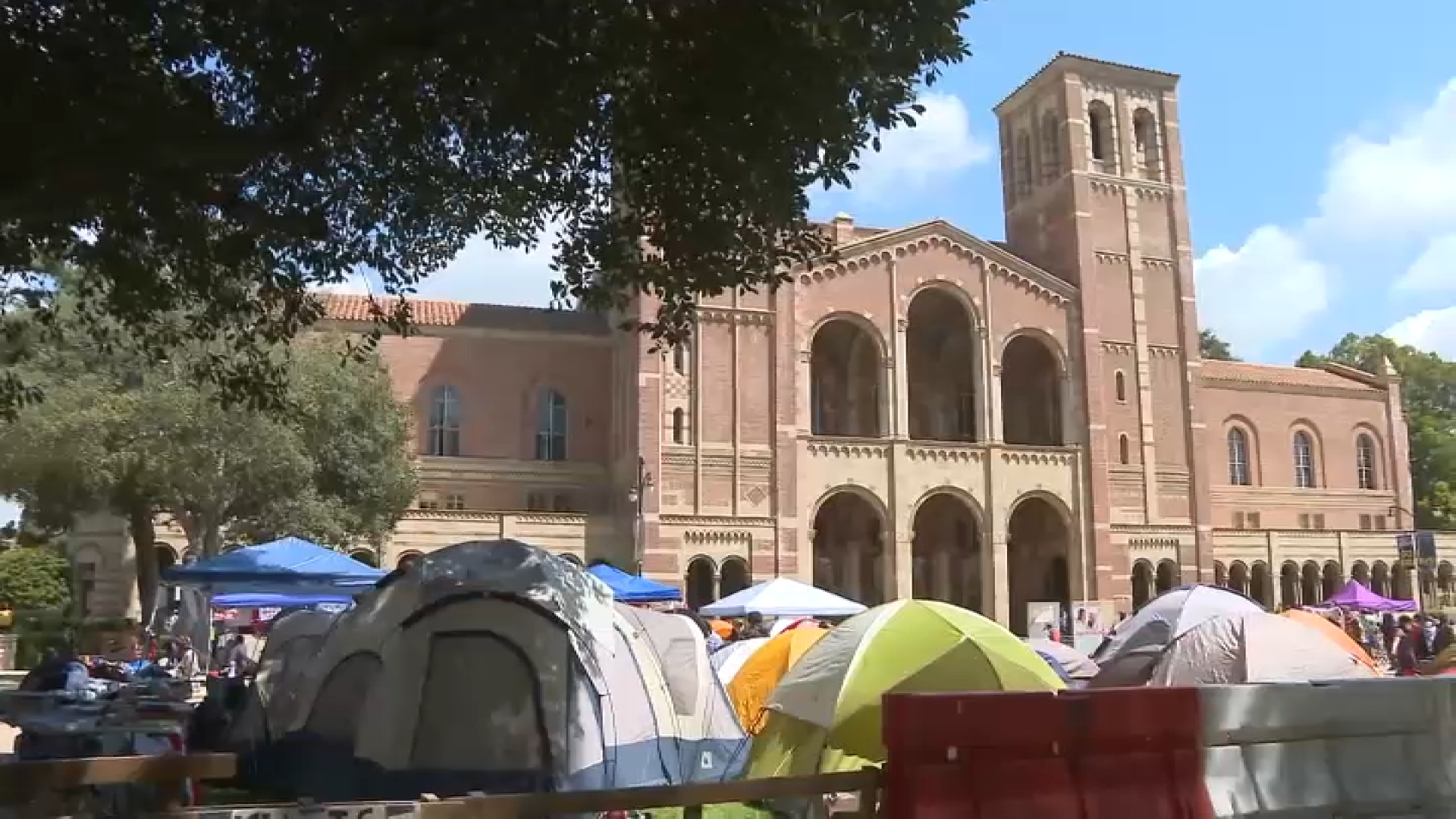NASA climatologists, university oceanographers and meteorologists at the state and federal level are all compiling data for the El Nino forecasts that will help Southern Californians prepare for what could be an exceptionally wet winter.
The UCLA Marine Operations team is one of the groups testing the waters off California's coast. Researchers use a floating lab to document the incredible warm-up of the waters off Southern California.
"As long I've been out here I've never seen surface temperatures this high," said team member Prof. Jeroen Molemaker.
The average temperature near Santa Monica is 62 degrees this time of year. On one recent day, it was an astounding 74 degrees.
Prof. Molemaker and his students use a contraption called a Rosette Sampler that can go 700 meters deep to measure water temperature. The Rosette sends the data back to a screen on board the boat.
Their research shows that since March, the wind hasn't been circulating the water so the sun is able to bake the surface of the ocean..
"Lower winds, less mixing with the colder deep water so that heats up the surface," Molemaker said.
News
Top news of the day
The UCLA researchers study only a small part of the ocean temperature here in southern California. They need to look to the sky to get a worldwide view. A global satellite developed at NASA's Jet Propulsion Laboratory precisely documents the temperatures of the ocean.
"Once every ten days, the satellite completes an orbit all the way around the earth and the earth rotates underneath it so it spreads out the measurements all over the planet," said Josh Willis, NASA JPL oceanographer.
The Jason 2 satellite travels 800 miles above the earth. The onboard radar measures the height of the ocean and is accurate within an inch.
"Warm water stands taller than cold water because water literally expands as it heats up, so these areas of white and red show high sea levels and that means warmer water than normal," said Willis.
And, it's this warm water that changes the wind and jet stream patterns around the world. When El Nino is this strong, it puts the west and southern U.S. right in the middle of the storm track.
"Here in California, what El Nino is most famous for, it normally doubles our rainfall, doubles our snow pack and so everybody is looking toward this El Nino as the great drought buster or the great wet hope," said Bill Patzert, JPL oceanographer.
No two El Ninos are alike, but this one is shaping up to rival the strongest ones on record. In this case, the warm layer of water is a couple of hundred meters deep, embedded in the ocean.



